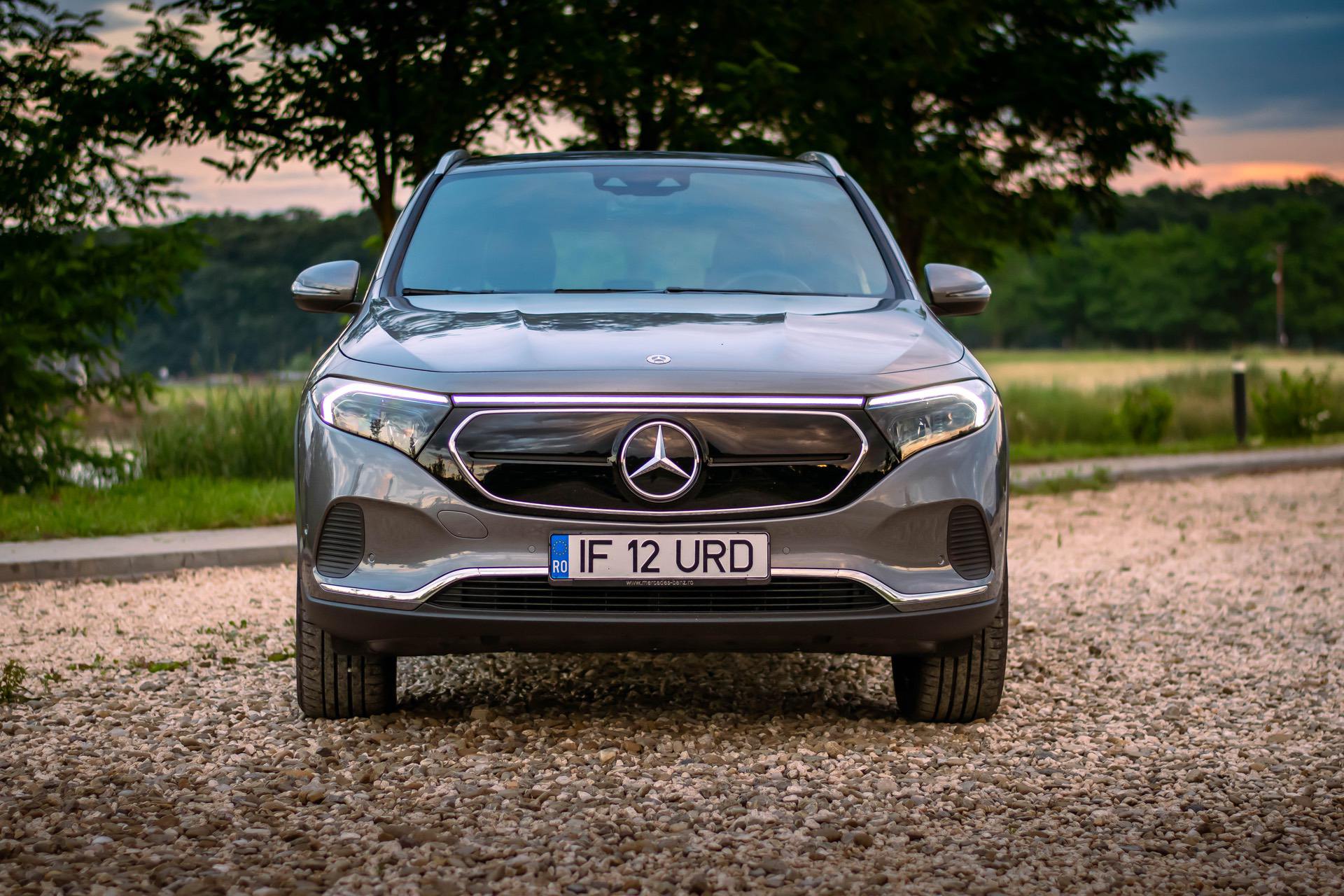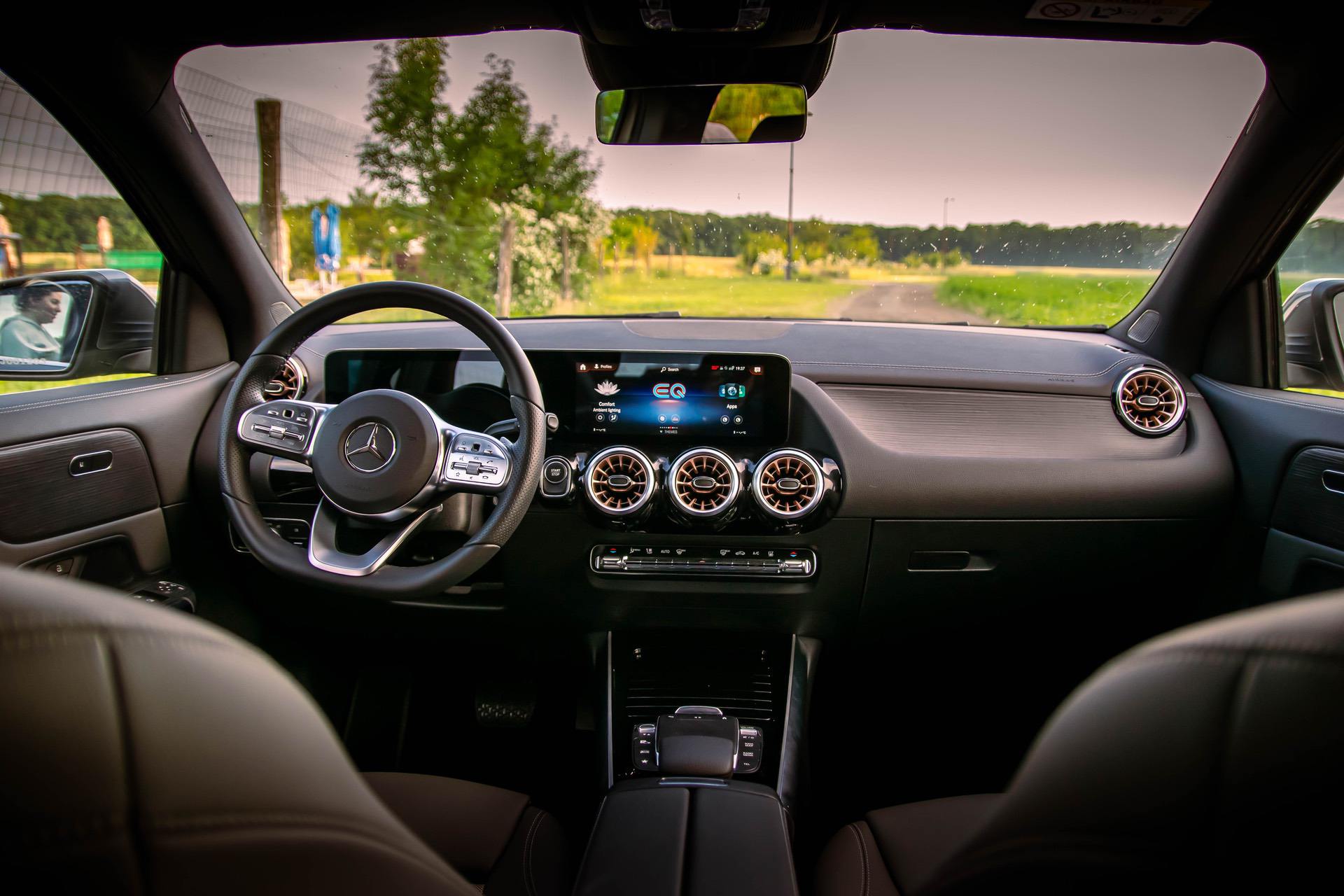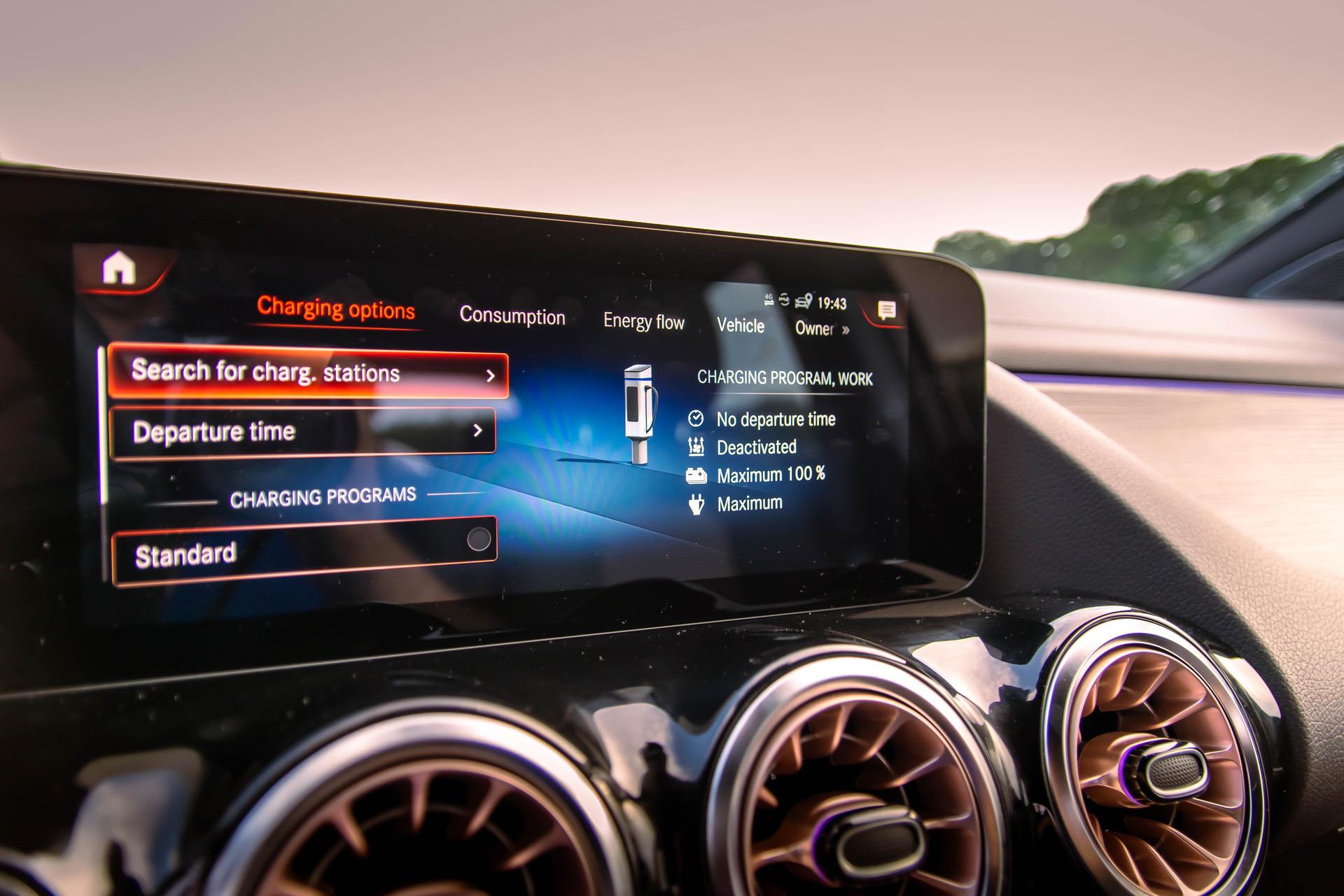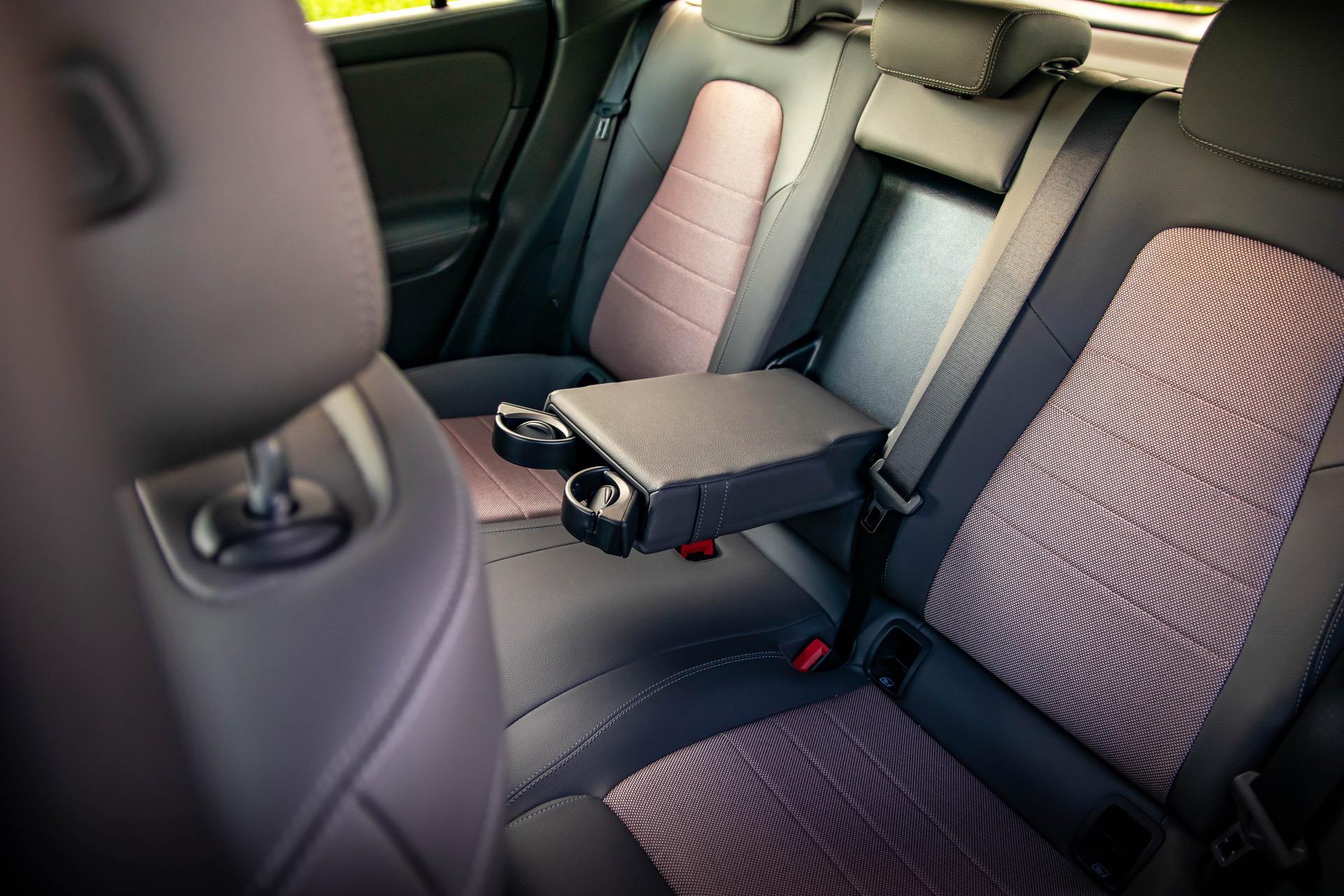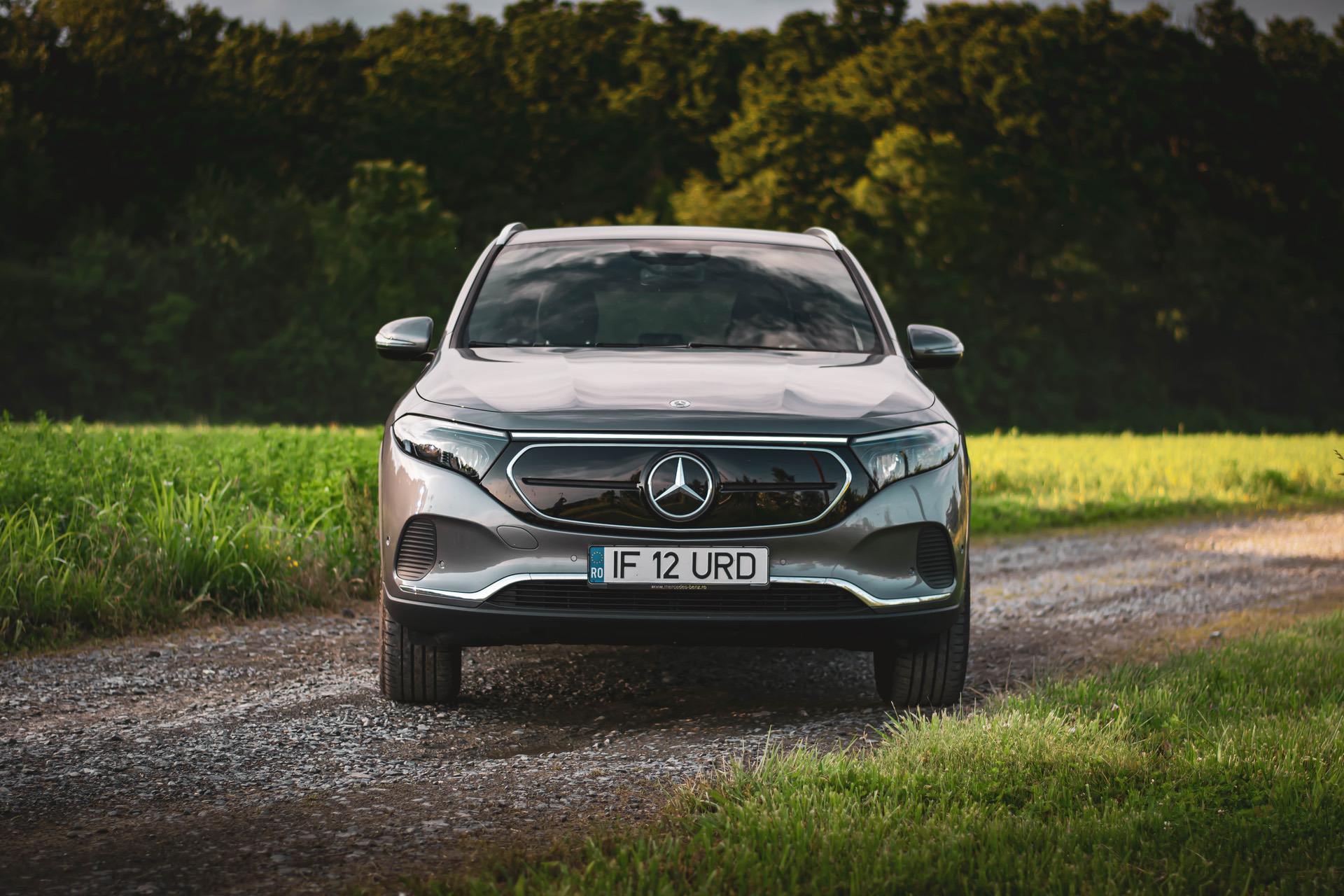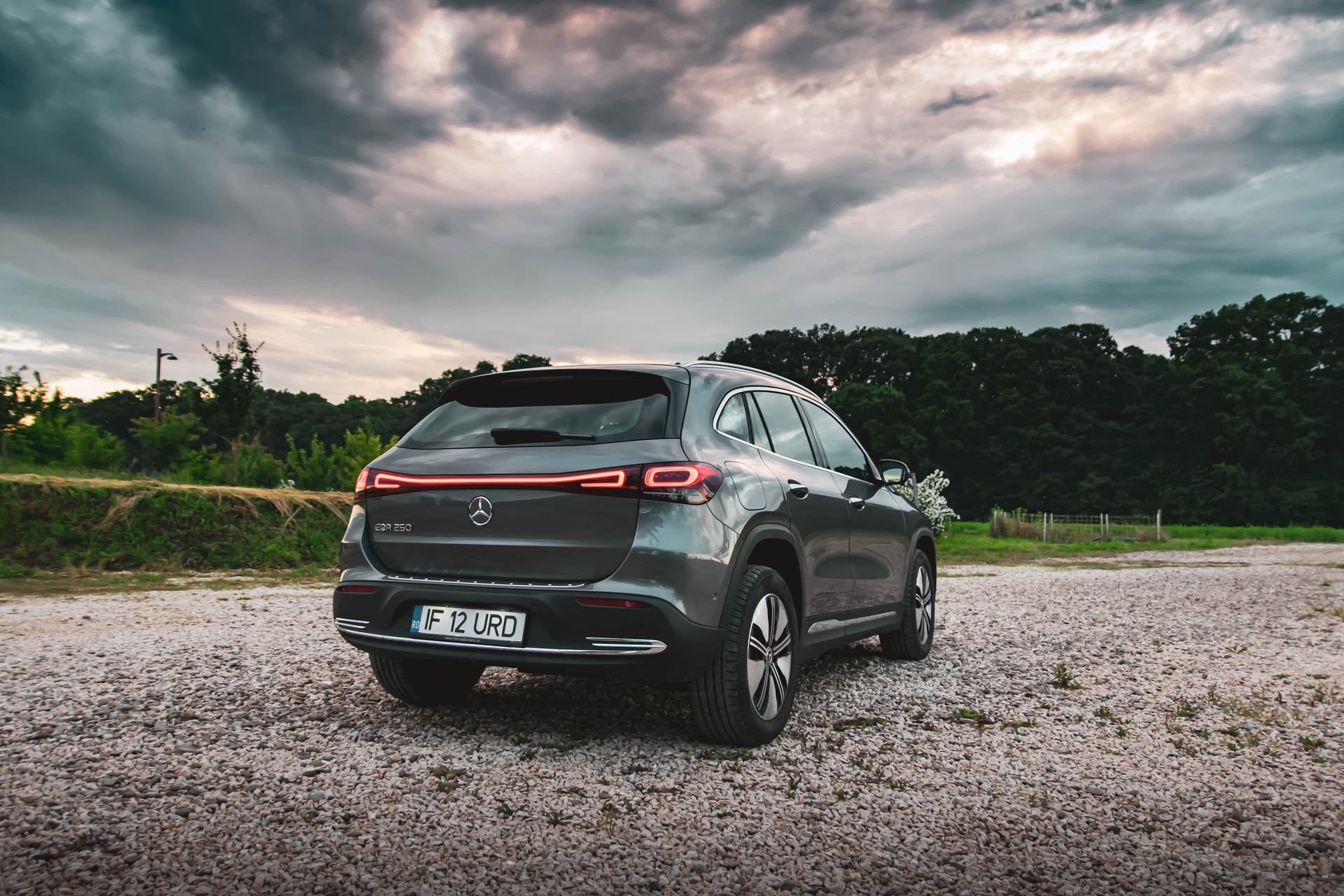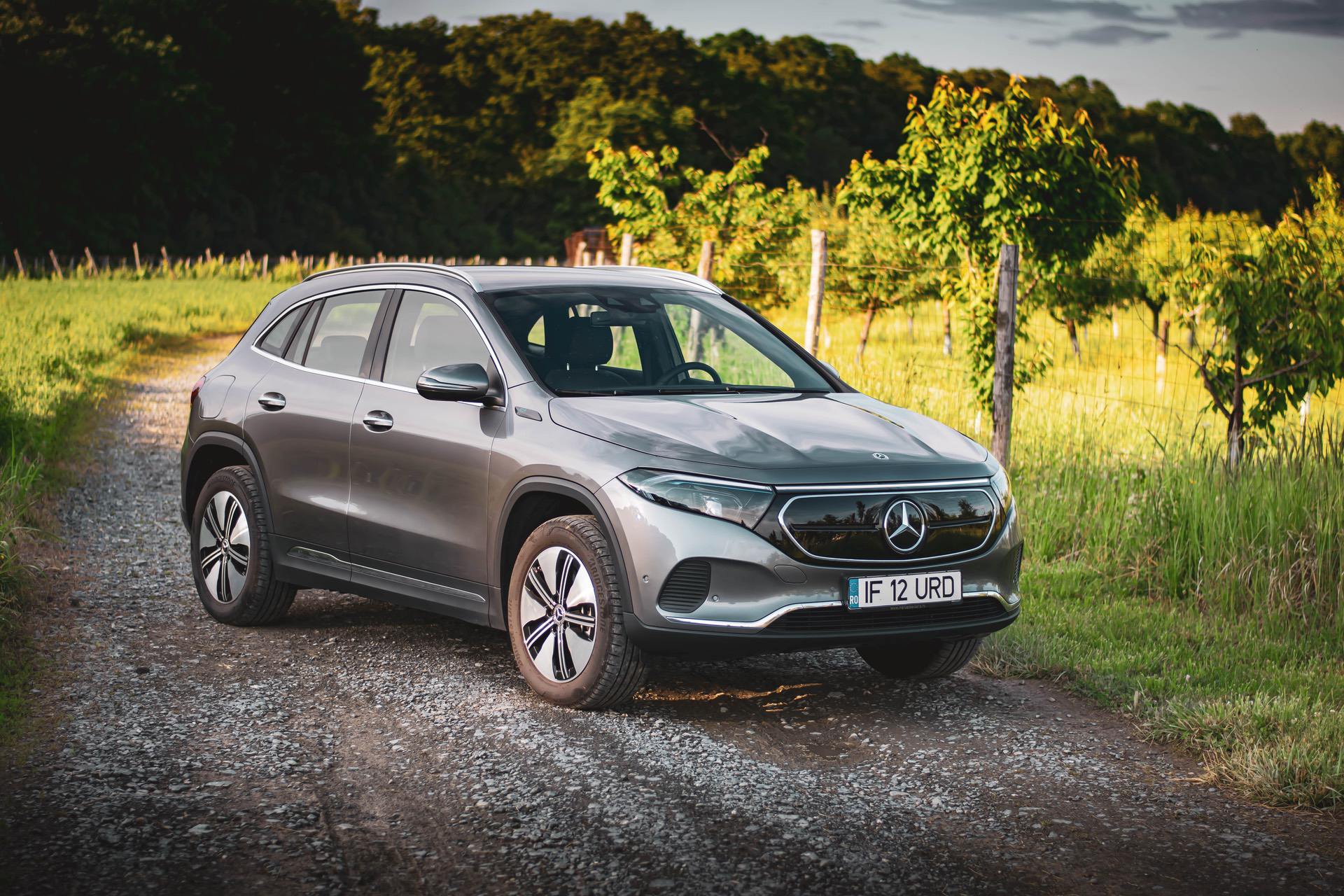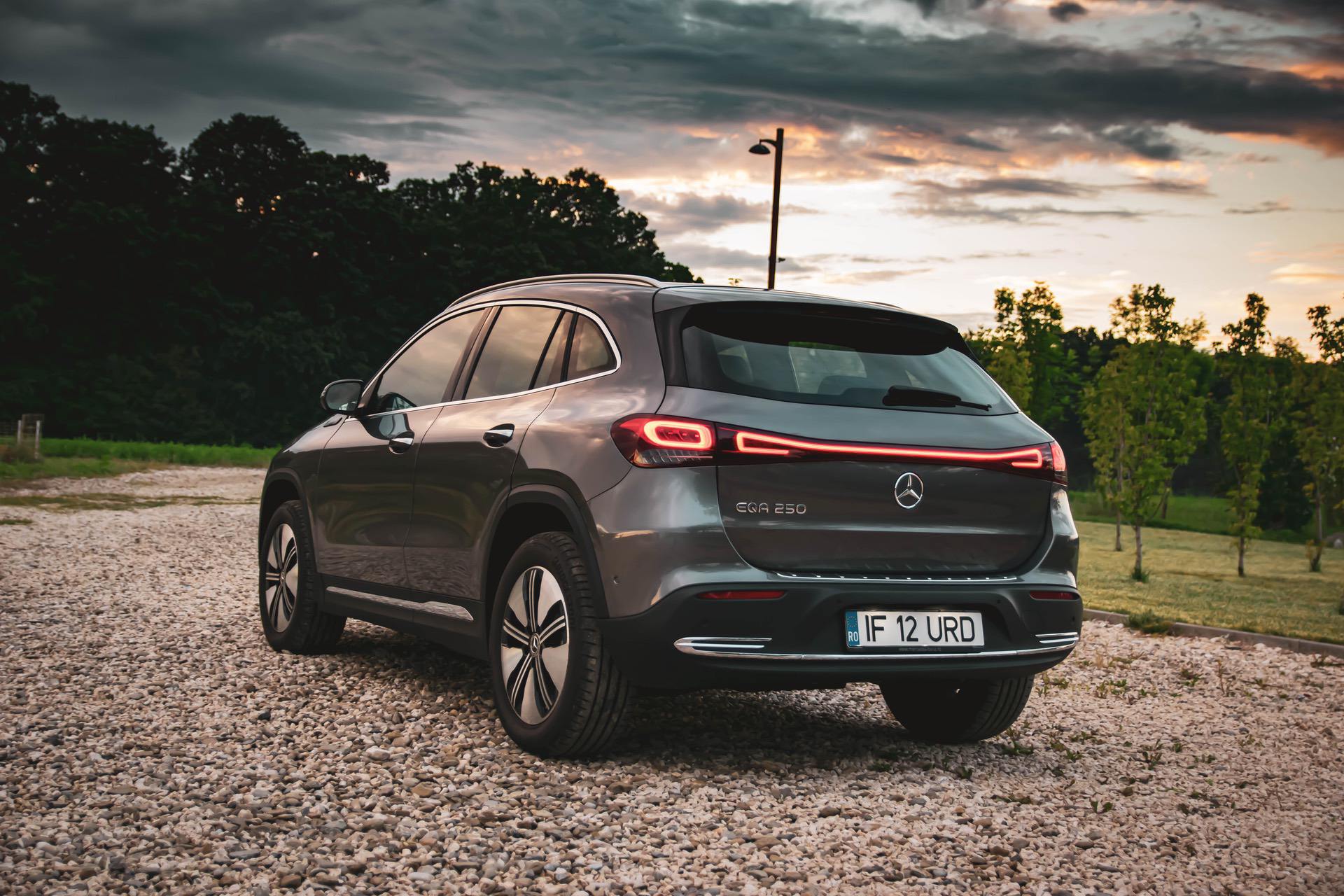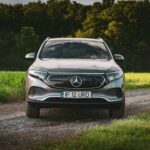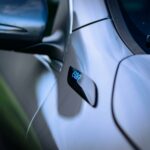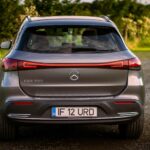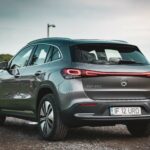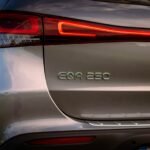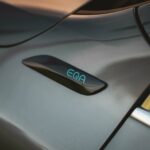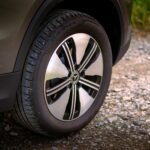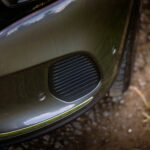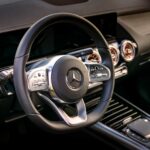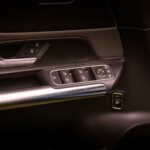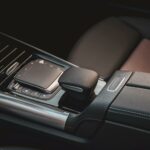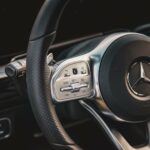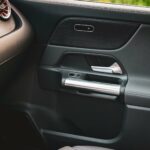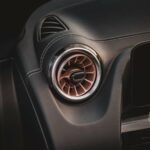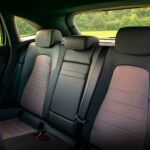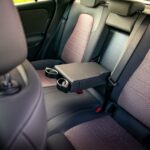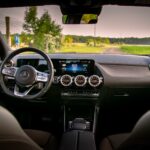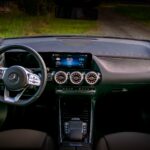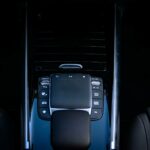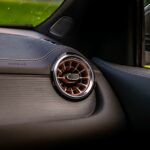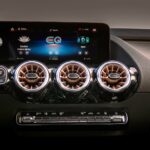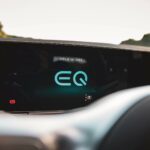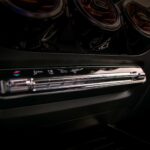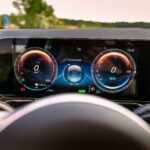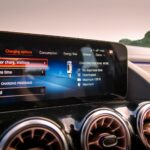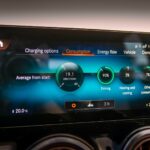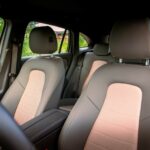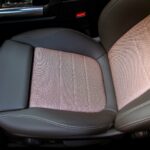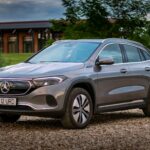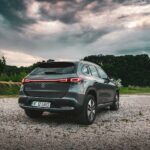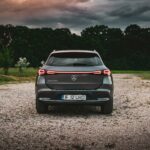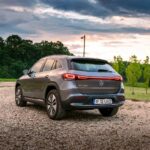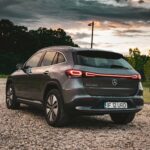Mercedes-Benz, just like any other car maker out there, is feeling the “electric pressure”. Customers are charing their buying habits and increasingly more are demanding electrified cars, be it plug-in hybrid or fully electric models. That said, Mercedes-Benz can’t look away and had to adapt, faster than anyone ever expected.
That’s why the Stuttgart-based manufacturer decided to launch the EQ sub-brand, a move showing the world what their engineers can up with on short notice. The EQ sub-brand is currently made up of two different types of cars: those built on bespoke platforms and those sharing their underpinnings with regular models.
Therefore, models like the EQS will have superior specs in every way as the design and engineering was done from the ground up for it to be an electric car. At the other end of the spectrum, you’ll find models like the EQA, an electric alternative to those looking for a cleaner version of the already quite popular Mercedes-Benz GLA.
The Electric GLA
Therefore, the EQA is nothing more than the electric version of the GLA and you can tell from the moment you look at it. Sure, there are some key differences between the two, design wise, but overall, the proportions are identical. Mercedes did try to separate them and, in all fairness, they succeeded, as it will be impossible to mix the two up if you look at them from the front or the back.
The front fascia of the EQA has a massive ‘grille’ that dominates the entire front end. It’s blocked out and has a lightbar at the top, connecting the headlamps which also feature LEDs all around, including for the DRLs. The blocked-out grille was necessary, in order to improve the aerodynamic coefficient of the car which now sits at 0.28 cd. Overall, though, the shape of the grille is different and the headlamps as well, making the EQA stand out compared to its dirtier brother.
The side profile shows no meaningful changes apart from a badge here and there and a set of aerodynamically-optimized wheels. Move to the back though and you’ll notice a thing or two. The light-bar motif continues here too, with an LED strip going from one side of the car to the other.
The taillights themselves have a familiar feel, resembling what you see on other Mercedes-Benz models in the range today. The lack of a tailpipe won’t be such an issue as a lot of Mercedes cars right now are lacking those elements too, keeping them hidden behind the bumper. Size-wise the two cars are basically identical too from the outside, staying within the limits set by the segment.
A Familiar Look Inside
Step inside and the same theme continues. Nothing is changed apart from the seating position. Everything looks the same, the materials used are of the same quality and the build is just as good as in the regular GLA. However, since the EQA has to fit a sizeable amount of battery cells in the floor, there are some noticeable differences in terms of room and seating.
The front seats seem to be a bit higher than in the GLA while the rear ones remain fixed to the same height. That changes the way you perceive the car and its center of gravity when driving, but we’ll dissect that later on. In the back though, the main difference you’ll notice is that your legs will form a higher angle with the seat, possibly leading to back pain on longer trips. The elevated position of your thighs in the back shows exactly why modular platforms might not work for every car.
Other than that, the same MBUX infotainment system awaits once you’re inside the car, with its usual impressive resolution, flawless graphics and smooth transitions. The build quality is good but not necessarily on par with more expensive Mercedes models. There is a lack of perceived quality on the door panels, for example, and on the top of the dashboard.
Sure, the fit is impeccable but better plastics could’ve been used in key areas. It just doesn’t feel like a proper Mercedes-Benz overall and that goes for the leather used on the seats as well, which seems like a distant cousin of what the German giant used to put in its cars some time ago.
And this is where the EQA suffers, quite a lot, especially because of the increasing variety you get in this segment today. Normally, you wouldn’t compare the fit and finish of a Volkswagen with a Mercedes-Benz, regardless of the segment. And yet, having recently tested the iD.4 too, these two cars felt very similar in build quality and I would even dare say the VW felt a bit better inside. And when you compare the specs, the story gets even worse for the EQA.
The all-electric Mercedes-Benz comes with three powertrain choices. The entry-level EQA 250 is the one we had for testing purposes and it uses a 190 HP motor on the front axle alone, capable of delivering 375 Nm as well. There’s also an EQA 300 4Matic and an EQA 350 4Matic, both cars using a dual-motor setup for all-wheel drive and with more power (228 HP and 292 HP respectively).
What’s The Electric Range?
Yet regardless of the model, you get the same battery under the floor, which adds up to 66.5 kWh in total. As you can imagine, the estimated range will drop on the more powerful cars but our tester had a shiny window sticker saying it will happily do 426 kilometers on a full charge, according to the WLTP testing procedure. Did it, though?
Well, as you might be aware, when it comes to electric cars and their range, the numbers you get tend to be heavily influenced by a number of factors, the most important being the weather. During my time with the car, the weather was absolutely perfect, with an average temperature of 25 degrees Celsius.
In those conditions, I saw the energy consumption of the EQA stay around the 20-kWh range per 100 kilometers covered around town. Mind you the AC was always on, because it was getting kind-of hot at times and I only used comfort mode. The average speed recorded was 20 km/h. That means your average range in these conditions would add up to about 330 kilometers with a full charge (205 miles). Quite off from the claimed figures and this was in almost perfect weather.
Outside the city limits, on B-roads, the energy consumption went down, as expected. At an average speed of 70 km/h (44 mph) the values shown by the trip computer indicated an average energy consumption of 14.5 kWh/100 km. That means you could theoretically cover up to 458 kilometers (285 miles) with a single charge.
Last, but not least, the highway test showed an average energy consumption of 22 kWh/100 km which means you could cover up to 300 kilometers (186 miles) with a full battery, at an average speed of 120 km/h (75 mph).
Therefore, not exactly the claimed figures Mercedes says the EQA should reach, but I guess that was to be expected. However, the testing conditions were perfect for such experiments and I’m willing to bet you’ll struggle to get better numbers without resorting to using Eco mode and hypermiling the hell out of the car. All our tests are carried out using Comfort mode and driving the car just like you would any other ICE model.
The Driving Experience
Driving the EQA for so long reveals a few other cracks in the immaculate image a Mercedes-Benz usually comes with. The ride, for example, gets a bit busy over uneven roads and even noisy at times. That’s all due to the extra weight the EQA has to carry compared to a GLA. The suspension had to be reinforced and it causes the car to feel sluggish over uneven surfaces and rough pavement. It has a tendency to lean, as well, and if you want to drive this car fast, you better be ready for some understeer.
It keeps its composure well enough in terms of body motion whenever you want to tackle a corner with a bit more speed. That’s mainly because that big chunk of weight (aka the batteries) is kept low and close to the ground. To put things into perspective, the battery pack alone weighs 480 kilos.
Riding on eco tires (Bridgestone Turanza T005) reduces the grip available on all four wheels and that leads to squealing in a number of scenarios and a lack of traction that can be observed more often than not. That extra weight actually pushes you outside the corner and that, in turn, leads to understeer.
The instant torque also gives the front end a lot to deal with under hard, sudden acceleration, with a small yellow light blinking in the instrument cluster to remind you to tone it down. You’ll easily break traction on the front end in the EQA 250 which is why you might want to consider the other two powertrains if you’re interested in such an EV, as their dual-motor configurations will surely allow you to put the power down better.
Even so, while it may not be the most dynamic EV out there, there is still a hint of Mercedes-Benz in the EQA. It is refined most of the time and it has very good sound insulation on board, which comes in handy especially since there’s no engine droning noise to keep you ‘entertained’ be it in the city or outside its limits. On the highway, even at 84 mph (135 km/h) the cabin was rather quiet for a car in this segment.
Get back into town and you’ll find the compact size of the EQA will help out when navigating busy city streets. Since its overall shape is close to a rectangle and you have tall windows on every side, driving this car around town is a very easy thing to do. You also get interesting tech to help you out, such as the Augmented Reality navigation system, that points you in the right direction or the stop light recognition software that turns on the front camera every time you approach a red light, just to make sure you don’t miss it.
Another bit of tech that I found very useful was the adaptive regenerative braking. You have two paddles on the steering wheel, allowing you to adjust the amount of regenerative braking the car uses on the fly. Flick the one on the right and you can cruise for as long as you want as the car can actually coast, if you so desire.
Flick the paddle on the left and the car begins to recuperate more energy while also slowing you down more. After a while of playing with these paddles you’ll find that the brake pedal will rarely be used, albeit you’ll still have to press it since the EQA doesn’t come to a complete stop using just regenerative braking.
If you don’t want to use this ‘manual’ mode there’s also an Auto setting for the regenerative braking which takes into account the GPS positioning, road ahead and other traffic indicators, to adjust the braking itself. It’s quite good in practice.
A Good EV With Room For Improvement
Overall, the Mercedes-Benz EQA is a mixed bag at the end of the day. There are definitely some positive things to mention but also a lot of places where improvements could’ve been done. And people have certain expectations from brands like Mercedes-Benz, expectations that might be better met on cars like the Volkswagen iD.4 at the end of the day, for an even better price. Sure, the EQA is still the cheapest purely electric Mercedes you can get but you get the feeling that things could’ve been done better with just a tad more effort in the right direction.


